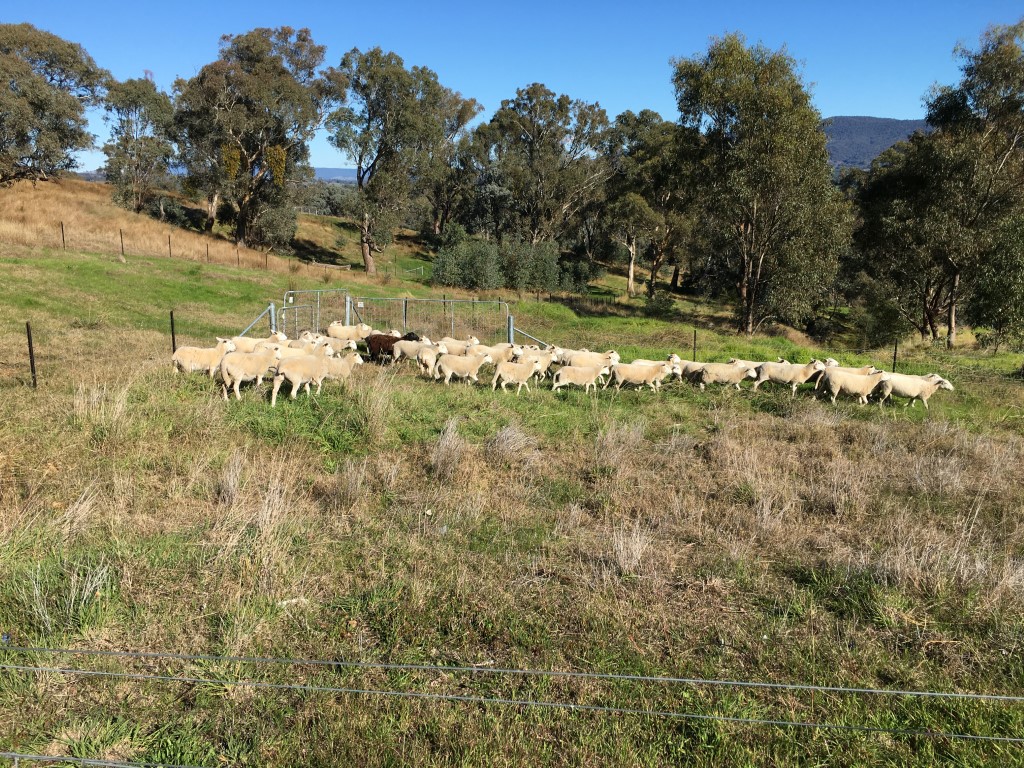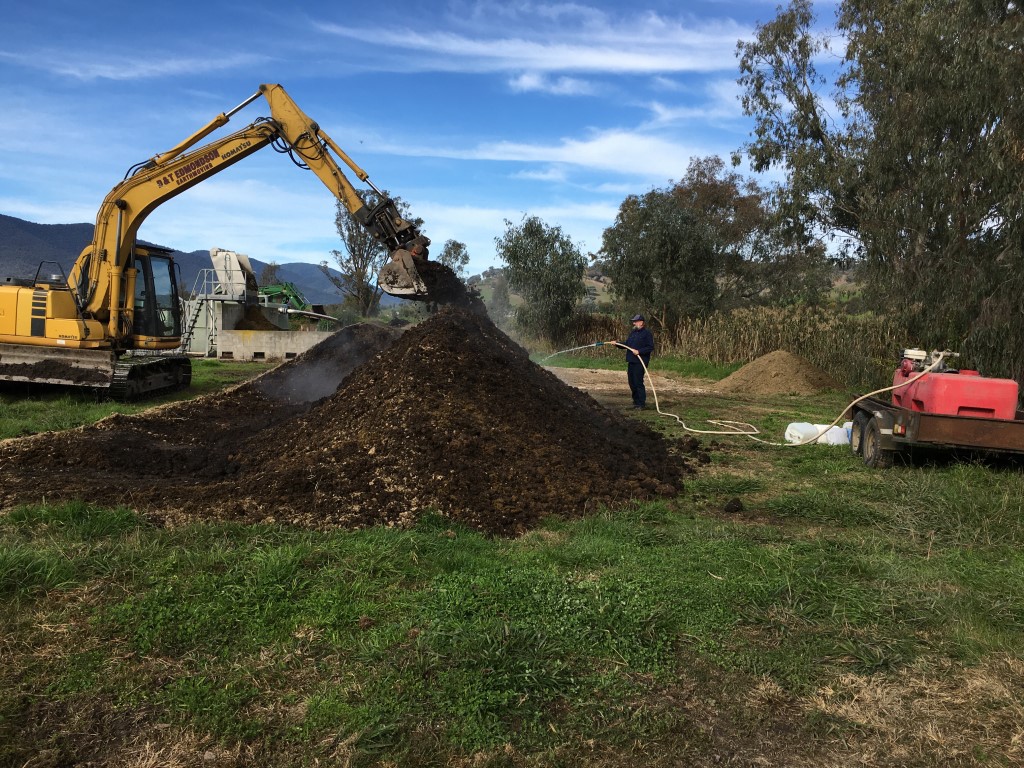SOIL CARBON – WHAT IT’S ALL ABOUT
Table of Contents
Soil Carbon What Its All About
Kiewa Catchment Landcare Role In the Soil Carbon Space
What Is Soil Carbon
Why Soil Carbon is Important
How To Build Soil Carbon
How to Measure Soil Carbon
Soil Carbon Markets
Key Steps for a Soil Carbon Project
Case Studies Video Overview
How To Get Involved
Healthy well managed soil is a vital part of the sustainability and productivity of our agricultural sector and the natural environment. Soil carbon is integral to soil health - it gives soil structure, stores water, provides nutrients for plants, feeds vital soil organisms and improves overall resilience in a changing climate.
Building carbon in our soils can have multiple benefits including improving farm productivity and biodiversity. It also reduces the amount of carbon being released into the atmosphere.
Since the international climate conference COP26 in 2021 and the Australian Government’s Net Zero Emissions Target by 2050 in 2022, there has been a lot of buzz around the term soil carbon in the agricultural industry. This includes emerging ‘soil carbon markets’ where soil carbon is being enhanced to reduce greenhouse emissions and farmers are paid through the production of carbon credits. There has also been an increase in the interest around agricultural producers becoming carbon neutral farms.
Making sense of these changes and understanding the fundamentals on how to build soil carbon and the soil carbon trading market can be complex and overwhelming.
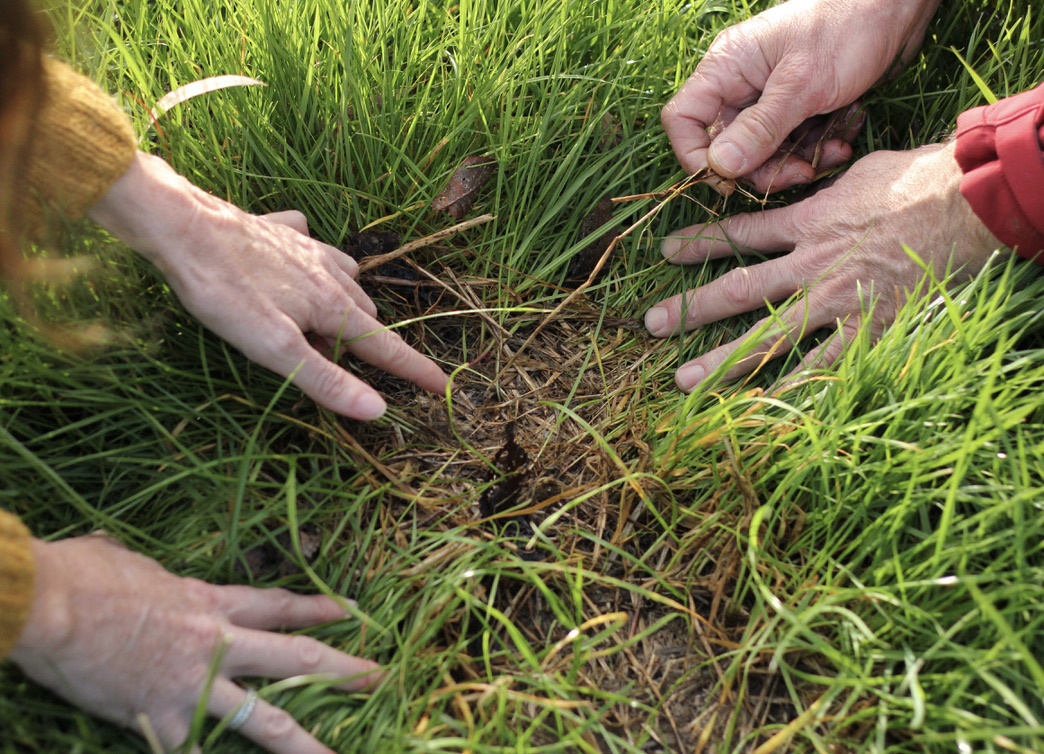
Soil Carbon – Integral to all life (photo courtesy of Catie Payne)
KIEWA CATCHMENT LANDCARE GROUP’S (KCLG) ROLE IN THE SOIL CARBON SPACE:
As the overarching Landcare network for the Kiewa Valley in North East Victoria, KCLG’s objective in the soil carbon space is to:
1. Contribute to raising awareness, extension and education through workshops and the provision of resources
2. Identify and act on the latest information and grant opportunities by providing demonstrations and trials to facilitate learning
3. Act as a conduit to provide opportunities for landholders to participate in webinars, workshops and conferences and to learn from research on best practice soil management
4. Build community connection and facilitate development of local champions to share knowledge and learnings.
KCLG has recently undertaken a soil carbon project called the ‘Kiewa Carbon Bash’. This project received funding from the Australian Government’s Future Drought Fund. Working in partnership with David Hardwick from SoilLandFood, the project focused on increasing the understanding of soil carbon and carbon trading among landholders and Landcare Groups in the Kiewa Valley.
WHAT IS SOIL CARBON?
Soil carbon is represented as Soil Organic Carbon and is found in our topsoil. It is part of the broader soil organic matter pool which includes all of the organic components of soil such as plant and animal tissue in various states of decomposition. There are three key components in the soil carbon cycle which determine how much carbon we have in our soil – the processes of photosynthesis, respiration and humification.
Watch David Hardwick from SoilLandFood in our Soil Carbon video below for an overview of the soil carbon story
Soil Carbon Overview
For a more in depth webinar recording on ‘Soil Carbon 101’ here.
Soil Carbon 101
WHY IS SOIL CARBON IMPORTANT?
The nature and quantity of organic carbon in the soil affects a wide range of physical, chemical and biological properties. These include:
1. Builds soil structure – this occurs through binding soil particles together in stable aggregates, aids aeration and builds water holding capacity.
2. Assists with nutrient cycling - decomposition of organic materials in the soil releases soil nutrients such as nitrogen and phosphorus which are critical to plant growth.
3.Helps soil biology – organic matter and carbon in the soil provides a food source for a range of soil organisms and enhances soil biodiversity and biological health. A wide range of organisms in the soil also help release nutrients for plants, create pores and can help protect against crop diseases.
4. Together these components improve soil health, productivity and provide greater resilience to natural extremes such as drought or floods.
HOW TO BUILD SOIL CARBON?
Building soil carbon is a balance between managing how much plant growth is being created by photosynthesis versus how much carbon is being released back into the atmosphere via respiration and how much is being converted to humus (the component of long-term carbon storage). In order to maximise carbon increase in your soil you need to maximise plant and root growth and minimise disturbance through land management practices.
Soil carbon levels can also vary due to factors such as soil texture (the clay and fine silt fraction), climate (temperature and annual rainfall), soil moisture and topography. KCLG completed a soil carbon blitz with 30 samples taken across the Kiewa Valley. Carbon levels varied from 1.8 to 8.2% demonstrating a wide variation at a catchment scale.
Map showing the percentage of organic carbon at 30 sites across the Kiewa Valley in 2022. 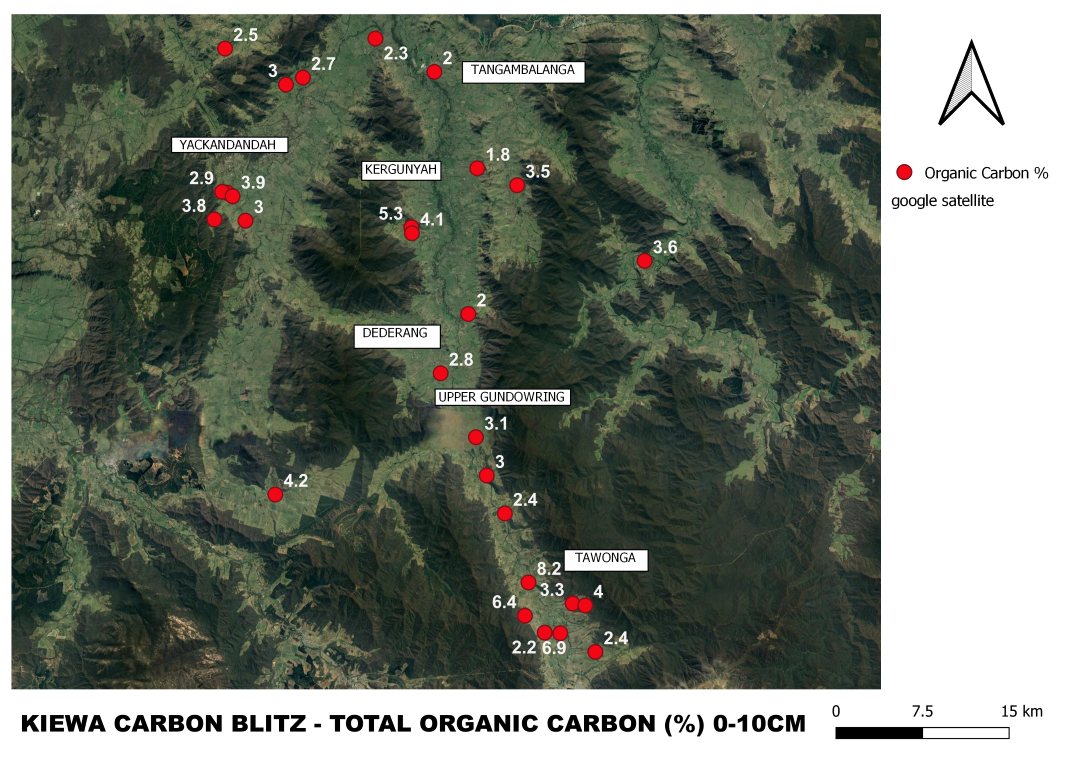
David Hardwick provides more information on how to build soil carbon in the video below
How To Build Soil Carbon
and how to measure soil carbon in our video series here.
How To Measure Soil Carbon
SOIL CARBON MARKETS
The impact of human activities on greenhouse emissions into the atmosphere and the accompanying risks of long-term global climate change are now widely recognised. Greenhouse gases (such as carbon dioxide and methane) trap heat from the sun and have kept Earth's climate habitable for humans and millions of other species. However, a significant increase in the atmospheric concentrations of greenhouse gases has now produced a positive climate warming, leading to these climate change effects.
This year the Australian Government committed to Net Zero greenhouse emissions by 2050. With agriculture recognised as a major contributor to greenhouse emissions and soil carbon recognised as a carbon sink that we can have control over, the concept of soil carbon trading has gained significant traction. The co-benefits of improved water retention, soil structure, productivity and resilience to extreme natural phenomena are also favourable outcomes.
Through soil carbon trading, landholders can undertake new practices on their farm to build carbon in the soil and then sell these as carbon credits. Carbon levels are measured as a baseline then re-measured after practices are undertaken.
To participate in a soil carbon project and receive credits there are a number of steps that need to be undertaken and rules that need to be followed. In Australia this is managed by the Clean Energy Regulator under the Emissions Reduction Fund. For more information on trading and how to participate visit the Clean Energy Regulator website www.cleanenergyregulator.gov.au
Check out the video of David Hardwick providing a summary of the key steps you need to follow to be involved in a soil carbon project.
Key Steps for a Soil Carbon Project
There are a number of methods that can be undertaken to improve soil carbon levels and these must be approved by the regulator. In the KCLG Kiewa Carbon Bash Project, demonstrations on different methods were trialled on four farms. These methods included:
1. Rotational grazing
2. Biological products
3. Keyline plowing
4. Gypsum
5. Mixed pasture species
6. Composting
Sheep in rotational grazing site through Kiewa Carbon Bash project demonstration
(photo courtesy of Charles Daaboul)
Preparing a pile of compost for one of the demonstration sites
(photo courtesy of Charles Daaboul)
A case study video of participant learnings and experiences can be viewed below.
Case Studies Video Overview
HOW TO FIND OUT MORE OR GET INVOLVED
KCLG is continuing to build knowledge and resources around soil carbon including workshops on soil acidity, soil health (Reboot your Soil course) and a field trip to leading farm in NSW booked in early in 2023.
You can follow our Facebook page or subscribe to our newsletter to find out more about these upcoming and future workshops/projects.
Other useful resources:
Soils resources - Soil Land Food
Agriculture Victoria – Soils and Carbon for Reduced Emissions
Final Report on results of demonstration sites through Kiewa Carbon Bash project (13mb pdf)
Maximising Ecosystem Opportunities to fit your business: Carbon | Landcare Farming Webinar
You can also CONTACT US at:
Shannon Brennan - This email address is being protected from spambots. You need JavaScript enabled to view it. OR 0407 227 814
Charles Daaboul - This email address is being protected from spambots. You need JavaScript enabled to view it. OR 0493 268 085
Last updated December 6 2022

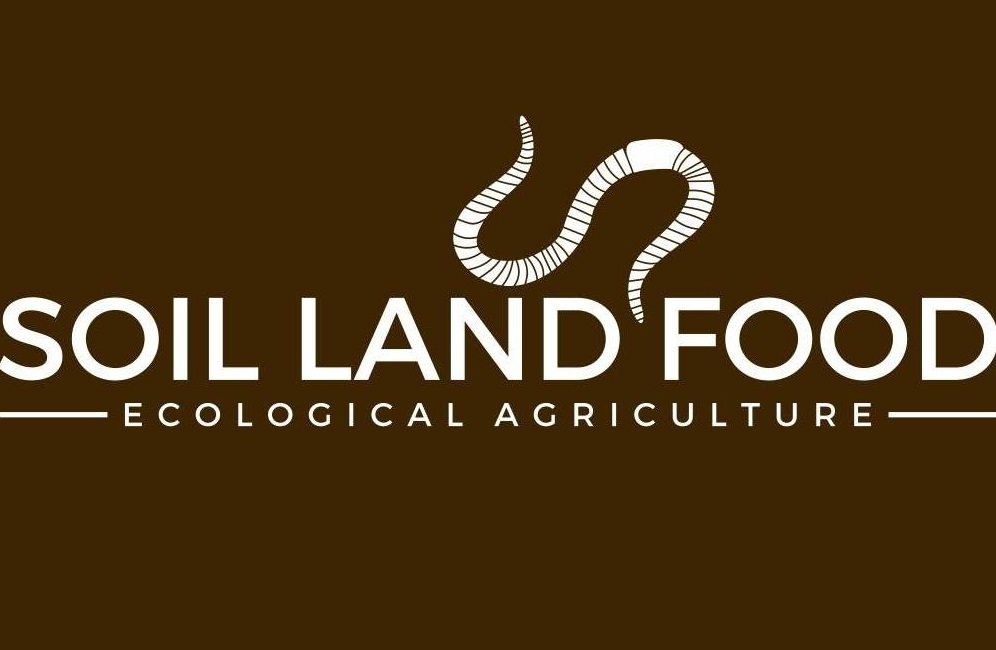 |
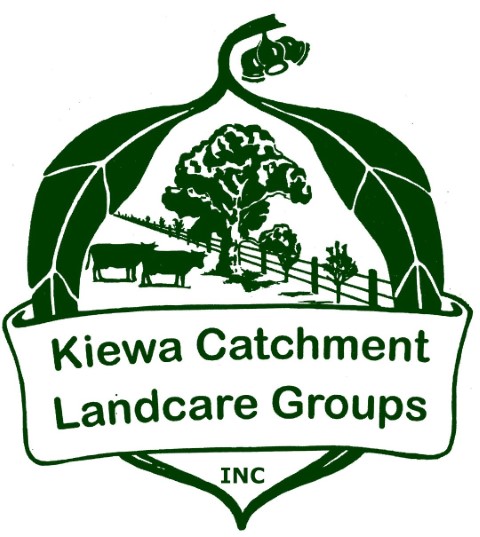 |
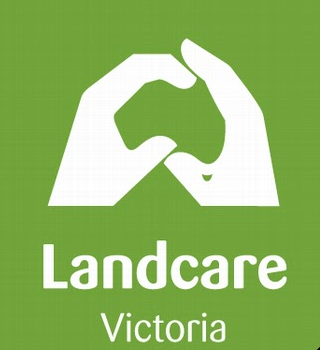 |
